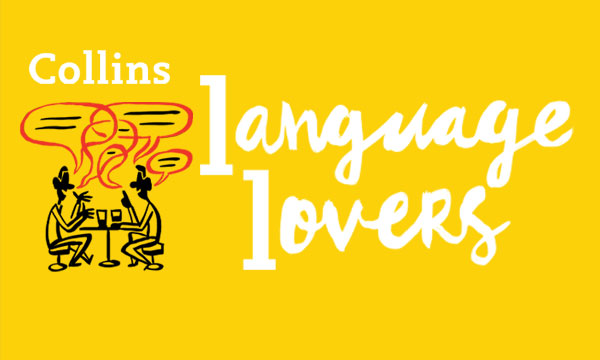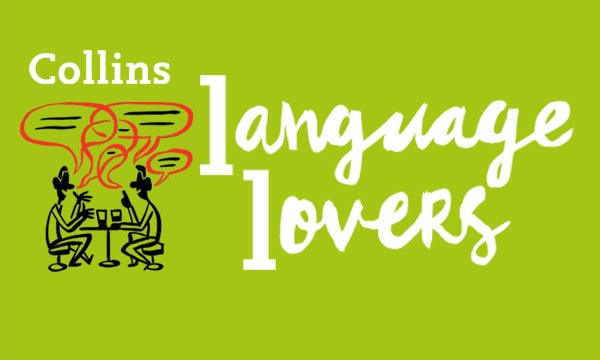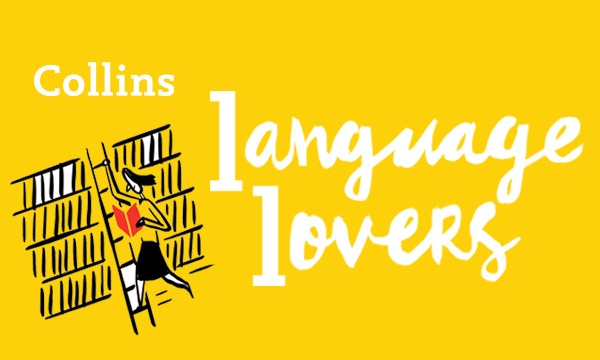What and when is International Mother Language Day?
It’s a United Nations initiative first celebrated in 2000. It falls on 21 February each year.
The day aims to make people more aware of how many living languages there are and to encourage multilingual education based on someone’s own language, the language they speak at home and in their community, in other words, their ‘first language’.
English speakers reading that might be puzzled why it’s important. I’ll explain. According to the UN website, a staggering 40 per cent of the world’s population don’t have access to education in a language they understand. Just imagine if, dear reader, you’re an English speaker going to school or university and you know not a word of Spanish but all the lessons/lectures are in that language – which is as good as saying they are in double Dutch, since the lessons/lectures would be totally incomprehensible.
Millions of children around the world have no access to education at all, but millions of others have access to it only in a language that is not the one they know and use to speak to their family and community. They are thereby denied access to a resource that could hugely improve their life chances.
What inspired International Mother Language Day?
International Mother Language Day was originally a Bangladeshi initiative and owes its existence to a situation which is, surely, worlds away from the experience of most native English speakers: finding that your language is not an official language of the country you live in.
The background is this. In what is now Bangladesh the majority language is Bengali, also known as Bangla. When Bangladesh was still part of Pakistan, as East Pakistan, the central authorities decreed Urdu to be the only national language. This happened in 1948 and thereafter there were massive protests, even though rallies were banned by the central government. In 1952 police opened fire on a crowd of protesters, killing five students who are now considered martyrs to the cause of language freedom.
As an English speaker writing this post, I am fully aware how fortunate I am when it comes to my language. English is a world language, and, far from being endangered, is spreading its tentacles further and wider than ever before, thanks in part to the internet. The UN states that only a few hundred languages have been given a place in educational systems, and only a hundred or so are represented in digital media. To take a European digital example, I believe Icelanders can’t key in Icelandic characters on their iPhones unlike, say, people writing in German or French, languages which have their own dedicated keyboard layout.
Endangered languages
As regards protecting linguistic diversity, in the world today between 6,000 and 7,000 languages are spoken – estimates vary. Of those several thousand languages, 43 per cent at least are estimated by the UN to be endangered, that is, they are at risk of dying out. Critically, every fortnight a language disappears forever. That means the heritage and culture embodied in that language are also gone forever – except where a last-ditch attempt has been made to create a written record.
To understand what being an endangered language really means, it might be helpful to contrast a notional endangered language, Language X, with English.
English is written as well as spoken. Language X has never been written down and therefore has no written code.
The structure, history and grammar of English have been studied more intensely than probably any other language. Language X has never attracted the attention of anthropologists or linguists. In fact, it has never been studied by anyone.
Radio and TV stations broadcast in English. Speakers of Language X can listen to or watch broadcasts solely in language Z, which only a few of them have a smattering of.
UNESCO classifies languages according to the degree of threat they face, ranging from ‘vulnerable’, meaning most children speak the language, to ‘critically endangered’, which means the speakers are grandparent age and older and use the language infrequently.
Many critically endangered languages have fewer than ten speakers; some have only two, as the Guardian link here shows. Endangered languages hit the headlines in 2011 with the report that the last two speakers of the indigenous Mexican language Ayapaneco were not speaking to each other because they didn’t find each other congenial company. In Mexico alone there are 68 indigenous languages with 364 subdialects.
Of the 6,000 to 7,000 languages in the world, 4,000 are ‘indigenous languages’, that is languages spoken by communities of people considered to be indigenous inhabitants of the region in question.
Let’s take the Amazonian region as another example of language diversity.
In the Amazonian region live 400 distinct communities, numbering about one million people and speaking 300 different languages. Those languages often encode a holistic view and a way of living in the world which puts nature, the environment and all living things on an equal footing with humankind, in contrast to the traditional Western perspective. For that reason, conservationists are eager to preserve and support those languages as part of their conservation strategy. In Colombia, for instance, indigenous peoples own a territory surrounding the Amazon which is the size of the United Kingdom.
What’s in a name?
The day is named International Mother Language Day. It’s worth noting that in describing the rationale for the day, the UN also uses the synonyms mother tongue and first language. There are a couple of other terms people might use to refer to the language they grew up knowing, namely native languageand birth language. Given there are so many synonyms, I was intrigued to find out which one people chose to use most often. For that, I turned to the amazing language resource which is The Collins Corpus, with its billions of words of evidence that Collins lexicographers put towards making up-to-the-minute, evidence-based Collins dictionaries.
And what does that data suggest? Well, top of the list came first language(s), with over 67,000 examples, and bottom, birth language(s), with a more modest 118.
However, such raw figures must often be treated with caution. For instance, the term first language mostly refers to the earliest language someone learns and is thus a synonym of the four others, but it also appears in phrases such as ‘Sumerian, the first language written in cuneiform’, which is a different meaning. Of countless such cavils does a busy lexicographer’s working day consist. At least we don’t have to worry about English going extinct and being as dead as the proverbial dodo any time soon.
By Jeremy Butterfield
Jeremy Butterfield is the former Editor-in-Chief of Collins Dictionaries, and editor of the fourth, revised edition of Fowler’s Dictionary of Modern English Usage.
All opinions expressed on this blog are those of the individual writers, and do not necessarily reflect the opinions or policies of Collins, or its parent company, HarperCollins.



